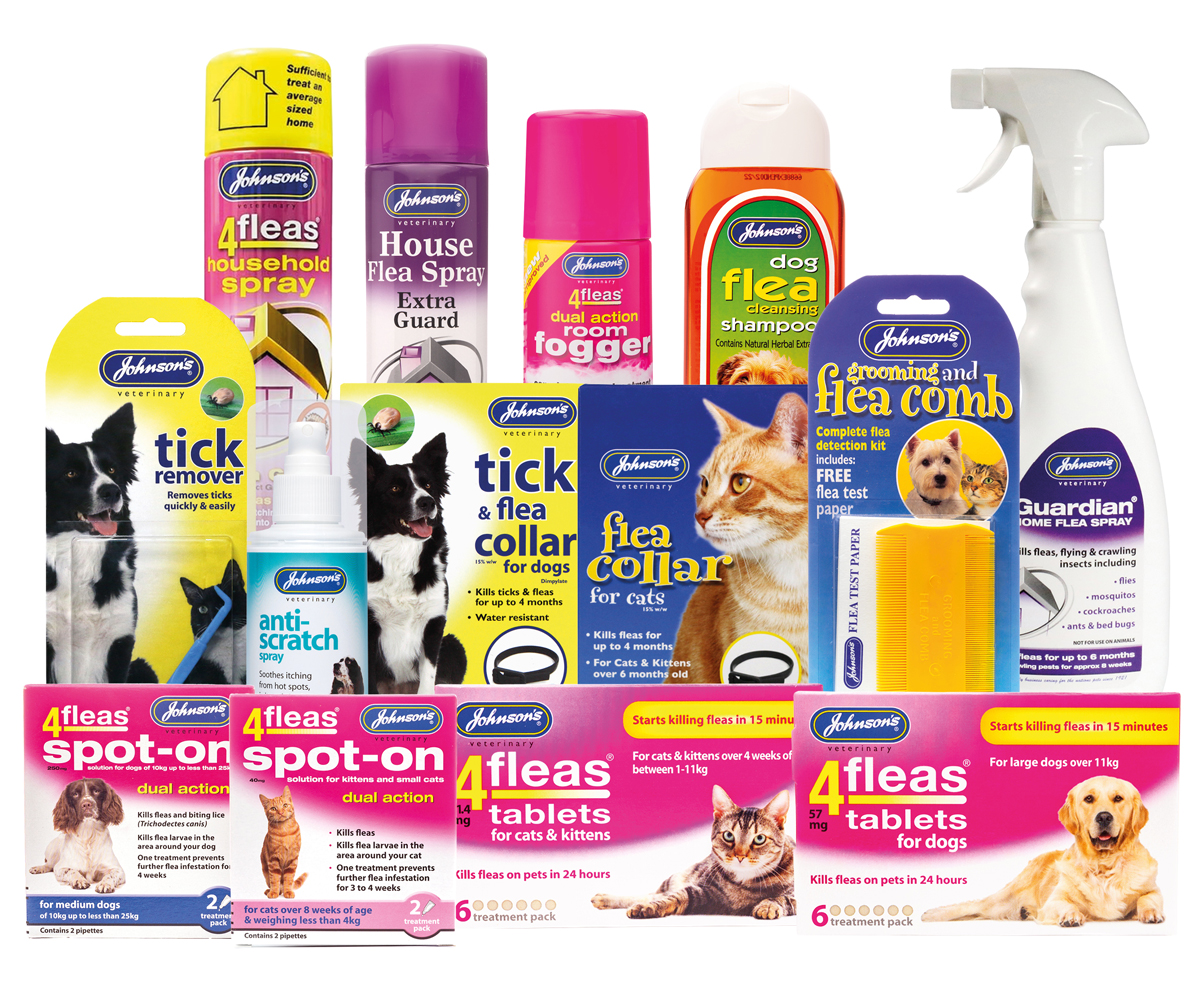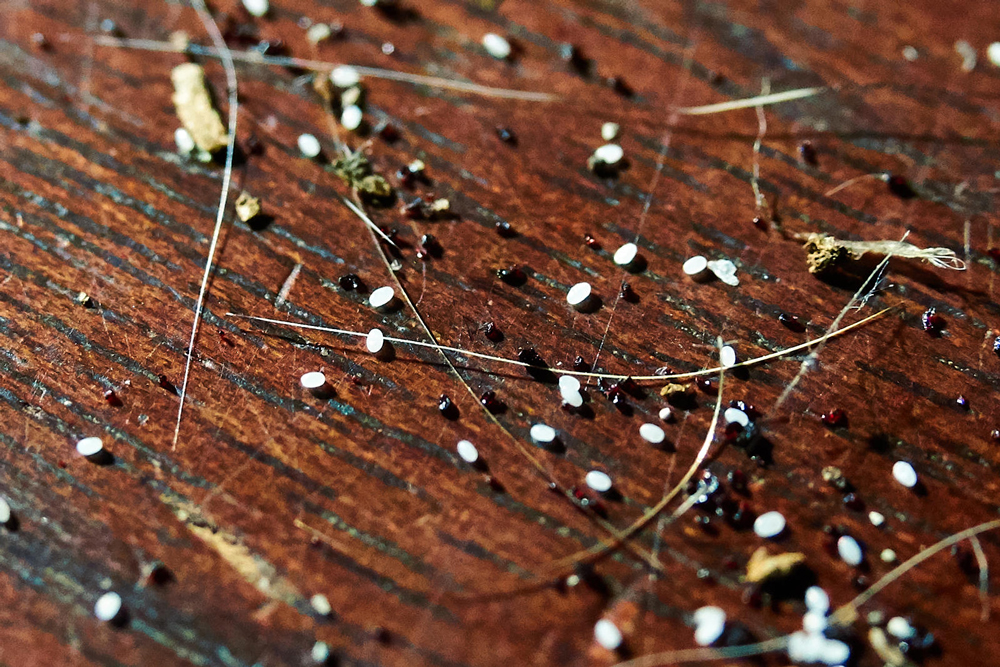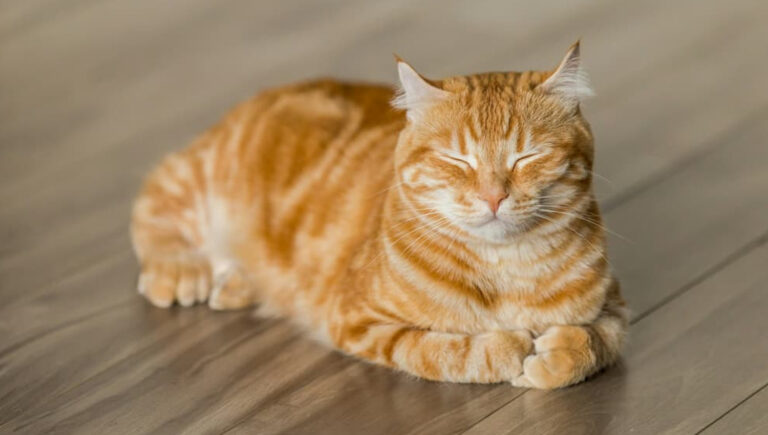Can fleas live in a house without pets, how to get rid of fleas from your home and other questions answered.
Fleas, those common small flightless insects that prey on mammals and birds, may be more troublesome than you think. A female flea can lay up to 50 eggs per day, leading to a booming population in no time. And it’s not just your pets they’re after – fleas will bite humans too.
Understanding their life cycle is vital. Fleas progress through four stages: egg, larvae, pupae, and adult. These stages can take anywhere from a few days to several months, depending on the conditions. Once mature, fleas search for a host and survive by feeding on its blood.
While you may associate fleas with animals, they can become a serious problem even in homes without pets.
Whilst fleas generally infiltrate homes when cats or dogs carry them in from the outside, these pests can also make their way into your dwelling in many other ways, such as hitching a ride on furniture or carpets that you bring in, or even lingering from any previous homeowners who may have had pets.
Other individuals can pose a risk too. If someone enters your home who has either experienced an infestation themselves or has been in contact with infested animals they have the potential to leave behind these pesky intruders.
The dangers of fleas extend beyond annoying bites. Flea bites can become infected, and fleas can also transmit diseases like spotted fever, plague, typhus, and cat scratch fever. It’s essential to address a flea infestation promptly to protect your family’s health.
Can fleas live in a house without pets?
Yes! Fleas will happily survive on human blood in the absence of pets in a home, often feeding on us while we’re seated or sleeping. Although they prefer not to remain on the human body for long due to exposure, they can find comfort in our bedrooms. Fleas are drawn to warmth and the carbon dioxide we exhale, making our beds an attractive habitat for them.
To avoid being disturbed or squashed, fleas will tend to hide in areas of our homes that lack sunlight, are warm and humid. The other most common places to find them are in carpets, mats, bathmats, and rugs, where they lay eggs that were transferred from pets. The larvae hatch and bury deep within the fibres, where it is dark and warm, feeding on dead skin, food crumbs, and adult flea waste.
Your sitting room furniture, particularly fabric couches and seats, can also serve as a safe haven for fleas. Fabrics retain heat, making them preferable over colder leather seats.
However, fleas could also choose to reside on your clothing, and as such may nibble on you whilst you go about your daily business.
Signs of fleas in house without pets

Even if you don’t have any pets, you should watch out for these signs if you think your house has a flea infestation:
- Bites on your body with a distinct pattern of 2 or 3 groupings or clusters, appearing as small red dots. They can uncomfortably itchy and may become swollen or inflamed.
- Presence of flea dirt (faeces), resembling coarse ground black pepper, found on carpets and rugs. Flea dirt is dried blood meal excreted by fleas after feeding, leaving a stain similar in colour to dried blood.
- Easily visible adult fleas, oval-shaped and measuring 1-2mm in length, typically reddish-brown or black in colour.
- Flea eggs are incredibly hard to spot with the naked eye as they are only around 0.5mm in length, and are a light, off-white, almost translucent colour. However, patches that resemble a scattering on salt on darker backgrounds can be an indication.
- Slightly easier to see are flea larvae and pupae. Flea larvae have a worm-like appearance, measuring 1-2mm in length, lack legs, and are covered in short hairs. They are typically an off-white colour. Flea pupae, measuring 2-3mm in length, are encased in a silken cocoon that can collect debris from the environment.
How to test for fleas in your house
There are many simple tests to check for fleas in your house. Which is most appropriate or effective will depend on where you suspect they may be hiding;
- Floors, Rugs and Carpets: One easy test to carpet for fleas is to wear long white socks that cover your ankles and calves, and shuffle around on the floor, disturbing the carpet fibres. This will agitate any fleas living there, increasing the likelihood of them jumping onto your socks. You could also check manually, pulling apart carpet fibres to see the carpet’s lining on the floor. You’ll likely find fleas along the edges where the carpet meets the skirting board. Thoroughly inspect the area for eggs, larvae, pupae, fleas, or flea dirt. Continue searching even if you don’t find any signs initially, moving slowly and systematically to cover the entire area without missing any spots. On hard surface floors, you could collect a sample of floor dust by using a wet cotton swab or cloth to wipe dusty surfaces or cracks. Examine the collected debris for reddish-black flea dirt, flea eggs, or pupae.
- Fabric curtains: Fleas tend to avoid lingering in material, but they will take refuge in the folds of curtains if that’s their only option while they develop or wait for a host. To determine if fleas are hiding in your curtains, carefully examine the back of the material against the wall and any parts touching the floor. Don’t forget to check the seams, as fleas may hide there too.
- Upholstered furniture: If you are being bitten whenever you sit on or near your sofa, you should check underneath it as this is where you may find some fleas hiding. Pay close attention to individual seats, cushion covers, armrests, and main frame for signs of fleas. Don’t forget to lift the cushions and inspect around the frame where they rest, as fleas, eggs, larvae, and pupae often find their way between the cushions. Afterward, wipe down the upholstered furniture with a damp, light-coloured cloth, making sure to thoroughly clean all areas, including nooks and crannies, keeping an eye out for any signs of fleas on the cloth.
- Beds & Bedding: To determine if you have fleas in your bed or bedding, carefully examine the edges, folds, seams, and tags of your mattress, the frame itself, as well as the corners and underside of any headboard. For a thorough inspection, use a bank card and a white piece of paper. Gently scrape the card over the mattress or bedding, allowing anything it collects to fall onto the paper. Examine the paper closely to identify any eggs, larvae, pupae, adult fleas, or flea droppings. Be mindful, however, that if you do discover insects in your bed, it’s far more likely that they are bed bugs, not fleas.
How long will fleas live in a house without pets?
Generally, the common flea won’t survive for more than 14 days without blood, however, if the conditions are right (plenty of dark, warm hiding places) they could live for upon three months without any blood to drink, or year if they have a good source of food.
Female fleas need to eat before they can lay eggs. However, they can lay up to 50 eggs every day when they find a source of blood to feed on, and this can perpetuate a cycle of infestation if left untreated.
Treating fleas in the house

Without a source of food fleas will not spread in your home and they will eventually go away. It could take at least 1 month to completely starve fleas out, and of course, its impractical to move out of your home for that long simply to get rid of an infestation.
For a swift and effective solution to home flea infestations, consider using treatment sprays such as Johnson’s House Flea Spray or Guardian® Home Flea Spray.
Both of these powerful, effective household sprays eliminate fleas, their eggs, and larvae. The water-based and non-aerosol Guardian® Home Flea Spray specifically can control fleas for up to six months and other crawling pests for approximately eight weeks.
The products should be used to target carpets, floor cracks, and soft-upholstered furniture to ensure every hiding spot is treated, minimising the chances of fleas making a comeback. Don’t forget to thoroughly spray under beds and sofas for comprehensive protection.
Washing bedding, clothing, or cushion covers at a minimum temperature of 60 degrees should make sure that no fleas survive on fabrics, whilst frequent steam treatments or rigorous vacuuming can also quite advantageous as vibrations from the hoover can dislodge sticky larvae and cocoons and encourage fleas to hatch prematurely. (Don’t forget to seal the contents of your Hoover before removing it from your property and disposing of it safely in an outdoor bin).
Remember also, that flea larvae cannot survive in direct sunlight, so wherever possible, and if the weather allows open all windows and curtains, and let nature take its course. For additional flea protection it’s important to hoover regularly around the home, or use products such as Johnson’s Carpet Flea Guard Powder which can kill fleas, larvae and absorbs odours.
Will fleas eventually go away without pets?
Adult fleas have impressive survival abilities, lasting up to 100 days without a host. However, their lifespan is ultimately dependent on getting a blood meal. While pre-emerged adults can survive without feeding for up to 155 days, younger fleas can endure extended periods without a host, sometimes up to a year. But if fleas are removed from their host and cannot find a new one, they will die within two to four days.
The good news is that there is no need to panic should you find there is an infestation of fleas in your house. Whilst it may not be a pleasant situation, it is eminently treatable. With due care and attention, a robust hygiene regime and the appropriate treatment, fleas in the home can be easily eradicated without calling in costly pest control specialists.





